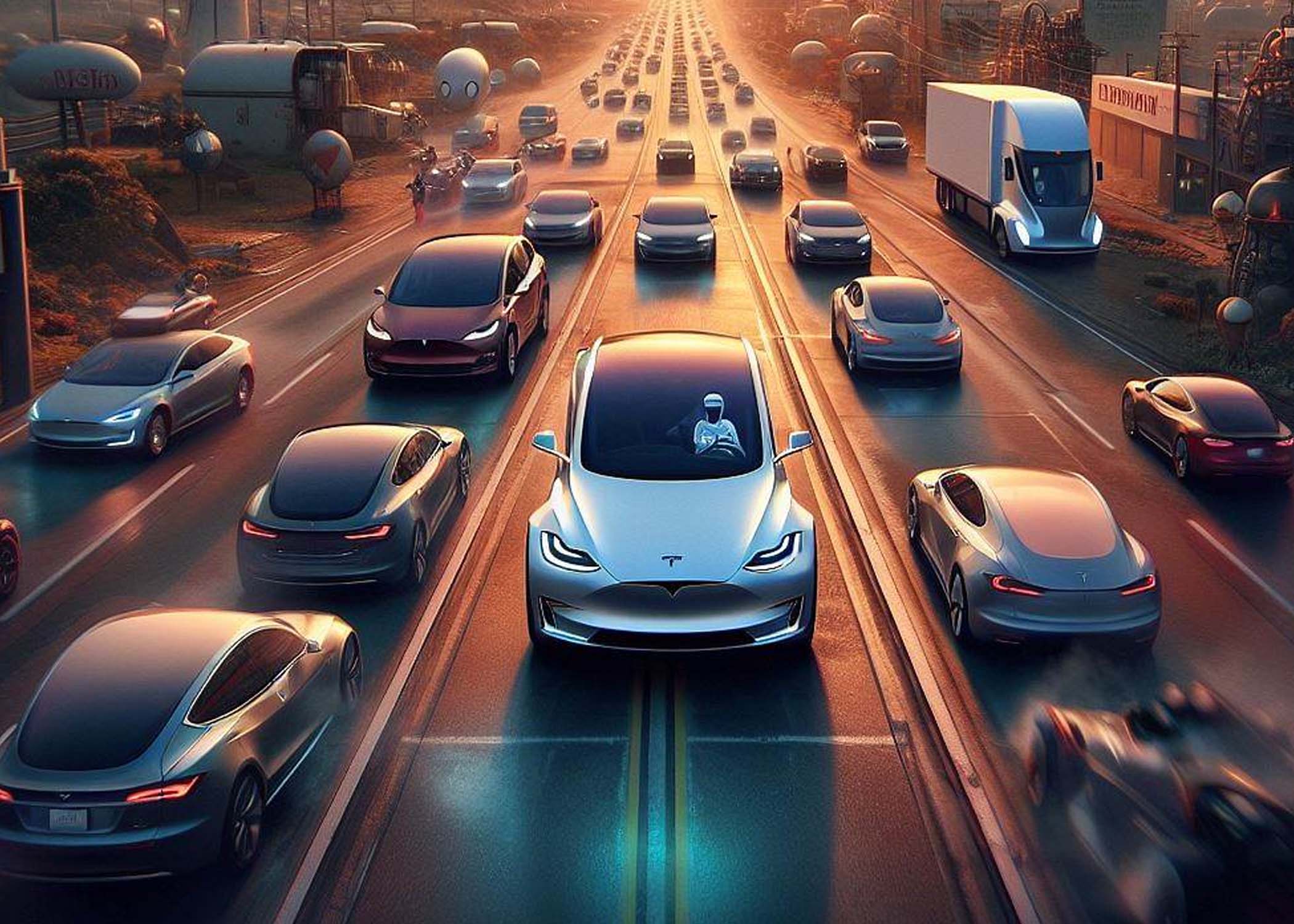Tesla is recalling 1.62 million vehicles in China due to an Autopilot safety issue, mirroring the US recall of two million vehicles. The remedy involves free over-the-air (OTA) updates to enhance features, ensuring vigilant driver attention during Tesla’s driver assistance system use. This impacts nearly every Tesla sold in China, covering imported Model S and Model X vehicles, as well as domestically produced Model 3 and Model Y EVs.
As per China’s State Administration for Market Regulations (SAMR), drivers’ potential misuse of the level 2 combined driving assistance function poses collision risks and safety concerns. Similar to the US approach, the OTA update will introduce extra controls and alerts, prompting drivers to actively monitor the vehicle when Autosteer is active.
Additionally, Tesla is recalling 7,538 imported Model S and Model X vehicles in China to address a door unlocking issue after a collision, aligning with a prior US recall. This fix will also be implemented seamlessly through an OTA update, eliminating the need for customers to visit Tesla stores.
In the United States, the National Highway Traffic Safety Administration (NHTSA) continues investigating Autopilot safety controls while monitoring Tesla’s corrective actions. Last August, the NHTSA initiated the investigation following 11 crashes involving parked first responder vehicles since 2018, resulting in 17 injuries and one fatality. The regulator, in a letter to Tesla, sought comprehensive documentation on Autopilot, probing its mechanisms to ensure driver attention and usage restrictions.
Tesla recently reported a milestone, delivering a record 1.8 million EVs globally, with over half (944,779 EVs) sold in China, emerging as the company’s predominant market. The Shanghai plant, with an annual production capacity of 1.1 million Model 3 and Model Y cars, serves the Chinese market and exports to Europe, Australia, and New Zealand.

Tesla’s 2023 EV Triumph: Surpassing Records, Navigating Challenges, and Confronting Competition
In 2023, Tesla reported a remarkable achievement, delivering a record 1.8 million EVs. Despite surpassing 2022 deliveries by 38%, the company fell short of its initial 2 million vehicle sales projection, as revised in October. Elon Musk’s firm faced challenges, notably with the Autopilot system drawing regulatory scrutiny.
Last year, Tesla produced 1.846 million EVs and delivered 1.809 million, with a notable uptick in Q4, generating 494,989 and delivering 484,507. The Model 3 and Model Y EVs, including the revamped “Highland” Model 3, constituted a significant portion, with 476,777 built and 461,538 delivered. Sales of “other models,” encompassing Model S and Model X EVs, reached 18,212, while details on Cybertruck sales remain undisclosed.
Tesla’s push for increased EV adoption involved strategic price reductions, with the Model 3 and Model Y recently priced at $38,990 and $45,990, respectively. These adjustments were attributed to factors like economic uncertainty, higher interest rates, and evolving consumer sentiment, as highlighted in the October earnings call.
China emerged as a pivotal market for Tesla, though it faces formidable competition from BYD. In 2023, BYD reported sales of 3.02 million electrified vehicles, comprising 1.6 million fully electric cars and 1.4 million hybrids. Despite lower price points, BYD poses a significant challenge to Tesla’s market dominance, especially in the context of evolving economic conditions and shifting consumer preferences.
Discover more from NewForTech
Subscribe to get the latest posts sent to your email.




